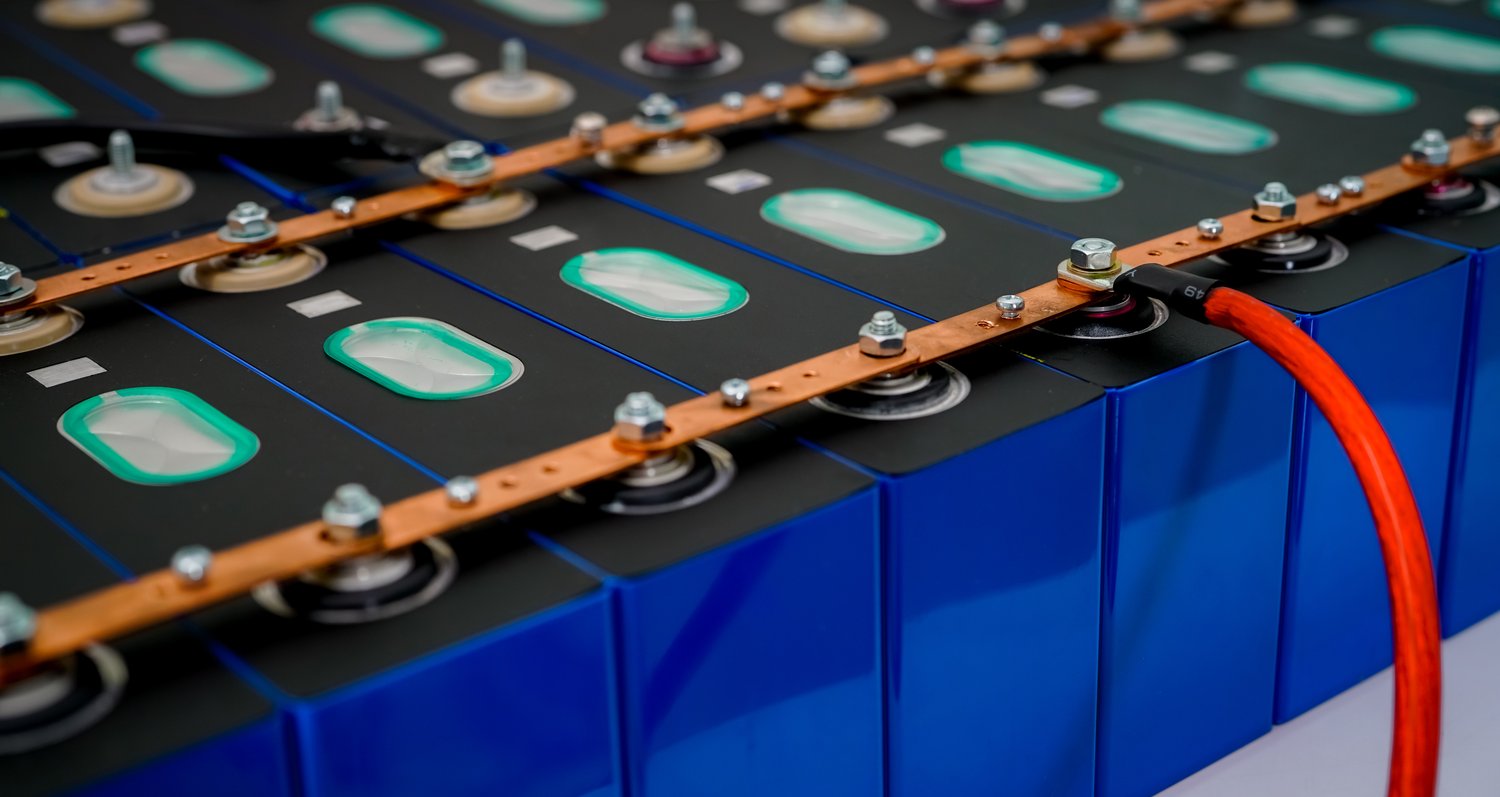Imagine having a home energy storage system that not only maximizes your solar energy use but also remains consistently reliable and efficient. However, the reality often involves facing various technical glitches, especially with battery management and inverters, that can hamper performance and frustrate homeowners. Understanding these common issues and how to tackle them is crucial for maintaining a smoothly running system.
- Discover how battery degradation affects the lifespan and efficiency of your home energy storage system.
- Learn to identify signs of battery faults and the best diagnostic methods to address these issues proactively.
- Explore the impact of inverter inefficiencies and effective solutions to enhance your system’s reliability.
By getting a handle on these prevalent faults and their solutions, you’ll empower yourself with the knowledge to keep your energy systems running at their best. Dive deeper into this article to enhance the performance and longevity of your home energy storage setup.
Understanding Common Home Energy Storage System Faults: Battery Management and Inverter Solutions
Home energy storage systems have become a cornerstone for efficient energy management, allowing homeowners to store surplus energy generated by solar panels or other renewable sources. However, just like any sophisticated system, they are not without issues. Understanding these prevalent problems is crucial to maintaining optimal performance.
One of the foremost concerns is battery degradation, which can significantly impact the storage capacity and efficiency. Batteries in these systems, especially lithium-ion types, are susceptible to wear and tear over time. Factors contributing to battery-related faults include excessive cycling, extreme temperatures, and improper charging techniques.
Another common issue lies within the inverter inefficiencies. Inverters are vital as they convert the stored DC energy into AC, making it usable for household appliances. Problems can arise from outdated or faulty inverters, affecting the seamless conversion of energy and leading to diminished system reliability.
By understanding these issues, homeowners can preemptively address potential challenges, helping ensure their energy storage system functions smoothly and effectively.
Battery Management: Diagnosing and Addressing Faults
The efficiency and longevity of home energy storage largely depend on how well the battery management is handled. Recognizing the signs of battery faults early can save time and resources.
Signs of battery faults include reduced charge duration, unexpected shutdowns, and visible damage or swelling of the battery casing. Utilization of diagnostic tools is essential to accurately assess the health of a battery and identify any underlying problems.
Once a fault is identified, practical solutions must be implemented to mitigate further deterioration. Regular maintenance, such as ensuring optimal temperature conditions and preventing deep discharges, plays a pivotal role.
In addition, implementing advanced battery management systems (BMS) can enhance monitoring and control, optimizing charge and discharge cycles to extend battery lifespan and improve overall performance.
By focusing on these aspects, homeowners can enhance the functionality and sustainability of their energy storage systems, leveraging well-maintained batteries for reliable energy supply.
Managing Inverter Faults in Home Energy Storage Systems: Best Practices and Solutions
Inverter faults can significantly impact the effectiveness of home energy storage systems, often leading to reduced performance and reliability. Understanding how to manage these faults is essential for ensuring the optimal functionality of your energy solution.
The first step in addressing inverter faults is recognizing the common signs that indicate a problem. These could include erratic power output, unusual noises, or unexplained system shutdowns. If left unaddressed, these issues can escalate, potentially compromising the entire energy storage system.
Timely diagnostics are crucial in identifying the root of inverter faults. Homeowners should regularly monitor their systems for any signs of malfunction. This involves checking both the physical condition of the inverter and its digital diagnostics, often accessible through accompanying software or mobile apps.
Once identified, implementing effective solutions is key. Firstly, ensure that the inverter is installed in an environment that meets all recommended specifications, such as proper ventilation and protective casings to guard against environmental factors. Regular maintenance, including cleaning and checking for loose connections, can also mitigate many common faults.
For advanced troubleshooting, consulting with a certified electrician can be beneficial. Professionals are equipped with the necessary tools and knowledge to conduct in-depth diagnostics and repairs. In some cases, upgrading to a newer, more efficient inverter model may be advised, particularly if the existing unit is outdated or incompatible with newer energy storage technologies.
In summary, effectively managing inverter faults involves a combination of timely diagnostics, regular maintenance, and professional intervention when necessary. By maintaining these practices, homeowners can maximize the efficiency and lifespan of their home energy storage systems, ensuring a steady and reliable energy supply.
FAQs on Home Energy Storage System Faults
What are the most common battery faults in home energy storage systems?
Common battery faults include thermal management issues, voltage imbalances, and degradation due to overcharging or deep discharges.
How can I diagnose a fault in my battery management system?
Use a multimeter to check voltage levels and thermal cameras to monitor temperatures; look for any unusual readings or excessive heat.
What steps can be taken to improve battery lifespan?
- Regularly monitor charging cycles
- Maintain optimal temperatures
- Avoid overcharging and deep discharging
What are the signs of inverter issues in a storage system?
Inverter issues may present as unexpected shutdowns, inconsistent output power, or frequent fault alarms.
How can inverter faults be resolved effectively?
Check for any loose connections, update firmware, and consult the manufacturer if the problem persists.
Is frequent maintenance required for inverters?
Regular maintenance is advisable to ensure connections are tight, filters are clean, and software is up to date.





